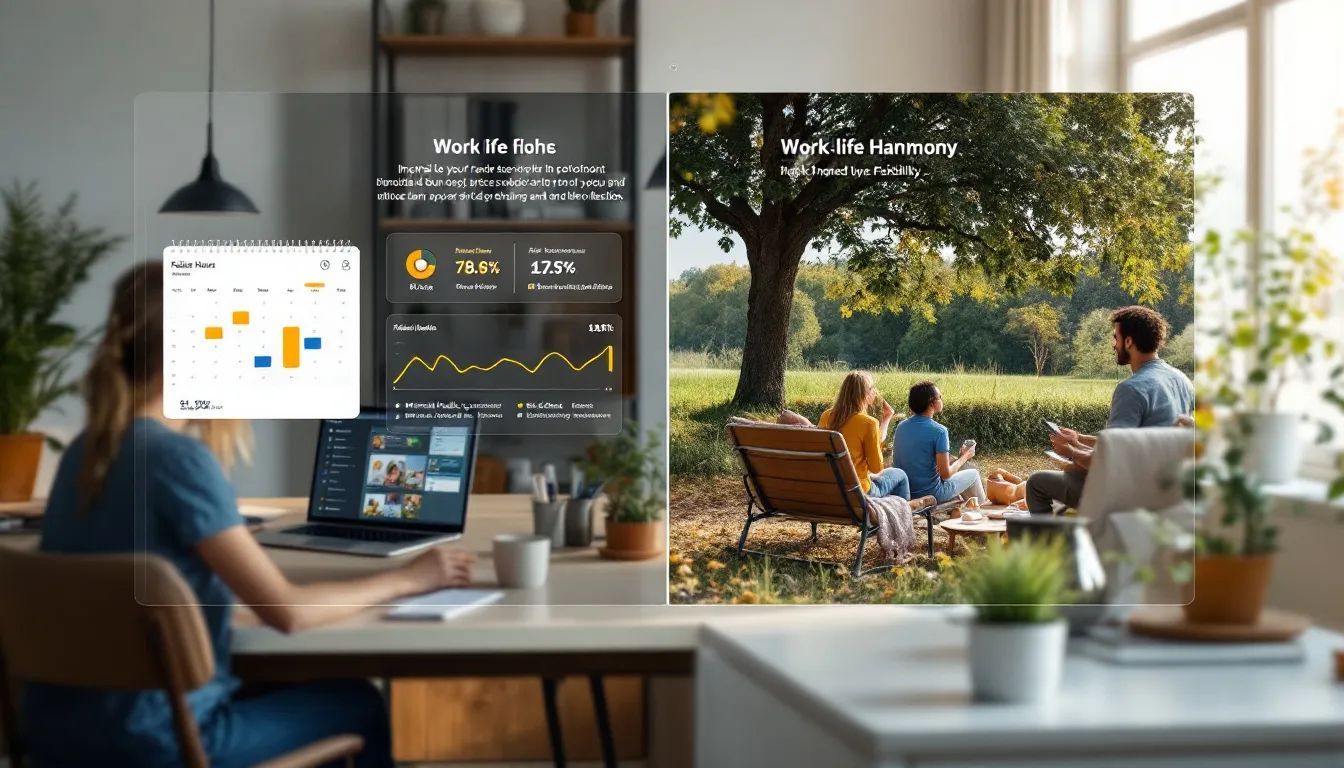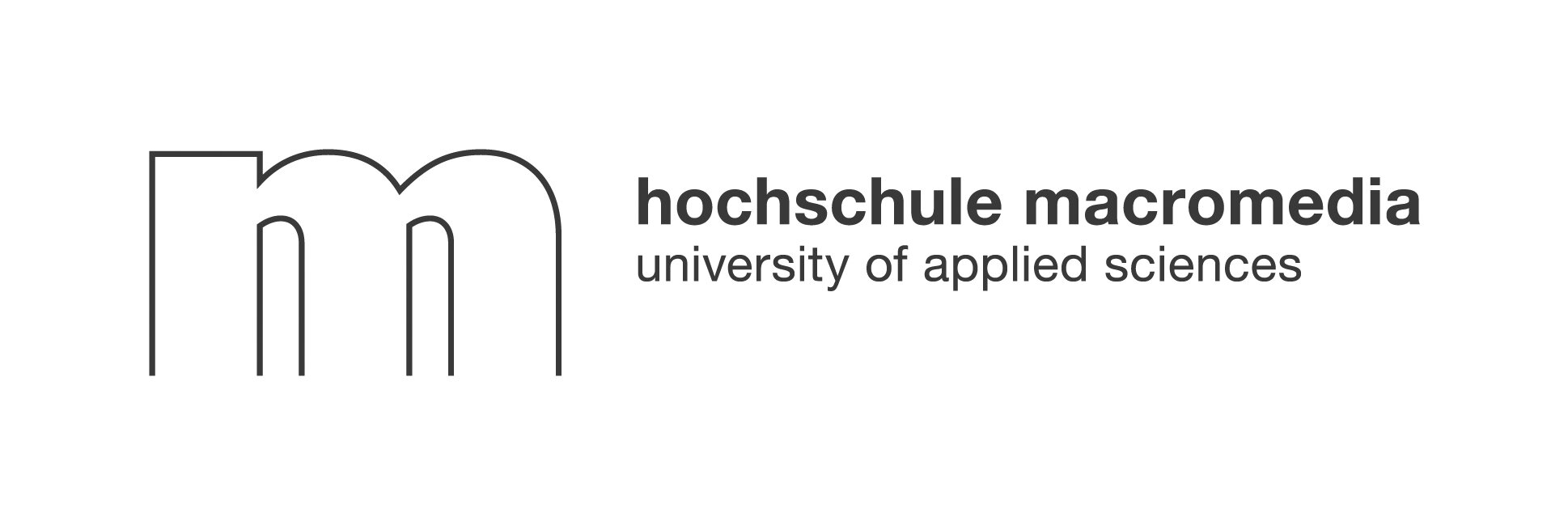The conversation around supporting employee mental health has shifted from a “nice-to-have” perk to a critical business priority. Today’s workplaces—hybrid, remote, or in-person—face rising expectations from employees who want real support, not just slogans or surface-level programs. But what does it actually take to create a work environment where mental well-being thrives, and how can modern technology, like AI-driven micro-events from Neroia, move us from good intentions to lasting impact? This guide unpacks the essentials, the pitfalls of traditional approaches, and the future-forward strategies that put people and authentic connections at the heart of workplace mental health.
Why Mental Health Matters to Your Bottom Line
Productivity, Retention, and Risk Costs
Supporting employee mental health is no longer optional for organizations aiming to stay competitive. According to the World Health Organization, an estimated 12 billion working days are lost annually to depression and anxiety, costing the global economy $1 trillion each year in lost productivity. In the U.S., workplace stress alone may cost businesses up to $187 billion per year, with most losses due to decreased productivity and absenteeism.
Employees who feel psychologically safe and supported are more likely to engage, innovate, and remain loyal to their organizations. Conversely, high stress and burnout fuel costly turnover, with American companies losing up to $1 trillion annually due to voluntary exits. The ripple effect impacts morale, customer satisfaction, and ultimately, the bottom line.
Legal and Ethical Imperatives
Beyond business performance, there are clear legal and ethical responsibilities. The Mental Health Parity and Addiction Equity Act requires employers to offer mental health benefits comparable to physical health coverage. The Americans with Disabilities Act mandates reasonable accommodations for mental health conditions, while the Family and Medical Leave Act provides job-protected leave for eligible employees facing mental health challenges.
But compliance is just the baseline. Ethically, organizations are called to create environments where every individual feels valued, respected, and able to bring their whole self to work. As the U.S. Surgeon General’s Framework notes, “The most important asset in any organization is its people.”
Spot the Signs: Identifying Employees in Distress

Behavioral Red Flags Managers Often Miss
Recognizing when someone is struggling can be tricky, especially in remote or hybrid setups. Common warning signs include:
- Withdrawal from team interactions or social events
- Sudden drops in performance or missed deadlines
- Noticeable changes in mood, irritability, or energy
- Increased absenteeism or frequent “sick days”
- Difficulty concentrating or making decisions
Managers may overlook these red flags, especially when interactions are limited to video calls or emails. It’s important to remember that not all distress is visible, and some employees may mask their struggles out of fear of stigma.
Tools for Anonymous Temperature Checks
To bridge this gap, organizations are turning to anonymous pulse surveys, digital suggestion boxes, and AI-powered sentiment analysis. These tools allow employees to share concerns safely and help leaders spot emerging trends before they escalate.
“When employees feel they have a voice in organizational decisions, they’re more likely to remain in those jobs. The psychological benefits are especially great when leaders not only solicit employee feedback but explicitly use it to inform their decisions.”
— American Psychological Association
Regular temperature checks, combined with open communication, set the foundation for early intervention and support.
Create a Culture of Psychological Safety
Protection from Harm: Safety and Security
A psychologically safe workplace protects employees from harm—both physical and non-physical. This means zero tolerance for discrimination, bullying, or harassment, and policies that ensure financial and job security. Leaders should regularly review working conditions and implement measures that prioritize both physical and psychological safety.
Connection and Community: Belonging Cues
Humans are wired for connection. Social support and a sense of belonging buffer against stress and isolation, especially in dispersed teams. Traditional wellness programs often miss the mark by focusing on one-size-fits-all events that feel forced or impersonal.
Here’s where Neroia’s approach stands out. Instead of generic team-building exercises, Neroia’s AI-driven platform curates micro-events—like yoga sessions, mindfulness circles, or group walks—tailored to employees’ interests and schedules. By bringing together small groups of 3-4 participants, the platform fosters genuine, organic connections that break down silos and create a sense of community.
Work-Life Harmony: Flexibility That Works
Rigid schedules and unpredictable demands are major stressors. Providing autonomy over when, where, and how work gets done is essential for supporting employee mental health. Flexible start times, hybrid work options, and respect for boundaries between work and life help employees recharge and show up as their best selves.
Organizations that model and support work-life harmony see higher job satisfaction, reduced burnout, and greater retention. Flexibility isn’t just a benefit—it’s a core strategy for well-being.
Manager Playbook: Supporting Employee Mental Health Day-to-Day
Start the Conversation: Scripts and Check-Ins
Managers are the front line when it comes to supporting employee mental health. But many feel unprepared to have sensitive conversations. Simple, empathetic check-ins can make all the difference. Try:
“How are you doing, really? Is there anything you’d like to talk about or need support with this week?”
Normalize these discussions by making them routine, not just reactions to visible struggles.
Role-Model Boundaries and Rest
Leaders set the tone. By openly taking breaks, using vacation time, and respecting after-hours boundaries, managers give employees permission to do the same. This reduces stigma and encourages a culture where rest is valued.
Handle Crises: Referral Pathways and 988
Sometimes, employees may face acute mental health crises. Managers should know how to respond—listen without judgment, offer immediate support, and connect the individual to professional help. The 988 Suicide & Crisis Lifeline is a crucial resource for urgent situations. Clear referral pathways and crisis protocols ensure everyone knows where to turn.
Policies and Benefits that Back Up Your Values
Parity-Compliant Insurance and EAPs
Comprehensive health insurance that covers mental health services on par with physical health is non-negotiable. Employee Assistance Programs (EAPs) provide confidential counseling and support for a range of issues, from stress to substance use.
Paid Leave, Accommodations, and Hybrid Options
A supportive workplace offers:
- Paid sick and mental health leave
- Reasonable accommodations for those with mental health conditions
- Hybrid or remote work options tailored to individual needs
These policies demonstrate a real commitment to supporting employee mental health, not just checking a compliance box.
Measure, Learn, Improve: Turning Data into Wellbeing Gains

Key Metrics to Track
To ensure your mental health strategy is working, track:
Closing the Feedback Loop with Employees
Measurement is only meaningful when paired with action. Share results transparently, involve employees in co-creating solutions, and communicate changes made based on their input.
“It’s not enough to use employee feedback to improve your organization—you must communicate any positive policy changes you’ve made based on employee input.”
— American Psychological Association
This builds trust and keeps your strategy responsive and relevant.
30-Day Roadmap to Kick-Start Your Mental Health Strategy
Ready to move from talk to action? Here’s an actionable plan for supporting employee mental health in your organization:
- Week 1: Assess Current State
- Conduct anonymous surveys and focus groups
- Review existing policies and benefits
- Identify gaps and urgent needs
- Week 2: Train Managers
- Provide mental health awareness and response training
- Share scripts for empathetic check-ins
- Educate on referral pathways and resources
- Week 3: Communicate Resources
- Launch a clear, accessible hub for mental health support
- Promote EAPs, leave policies, and flexible work options
- Encourage open dialogue and feedback
- Week 4: Launch Pilot and Evaluate
- Introduce AI-driven micro-events (e.g., yoga, mindfulness, support circles)
- Gather participation data and feedback
- Adjust and scale based on results
Why Traditional Wellness Programs Fall Short—and How Neroia Changes the Game
Many companies invest in wellness programs—think step challenges, webinars, or “mandatory fun” events—but these often miss the mark for real mental health support. Why?
- Superficial Initiatives: One-off events or generic perks rarely address the root causes of stress or isolation.
- Hybrid Isolation: Remote and hybrid workers may feel excluded from in-person activities, deepening silos.
- Lack of Personalization: Traditional programs treat everyone the same, ignoring individual needs and preferences.
- Low Engagement: Participation rates drop when employees sense initiatives are performative rather than meaningful.
Neroia’s vision is to revolutionize this landscape by leveraging AI to foster compassionate, organic employee connections. Instead of top-down, one-size-fits-all programs, Neroia’s platform curates micro-events—like Qigong, company runs, or supportive conversation circles—tailored to each employee’s interests, location, and schedule.
The platform’s AI orchestrates seamless coordination, minimizing planning friction and ensuring privacy through anonymized data. Employees effortlessly discover opportunities to connect in small, safe groups, whether they’re working remotely or on-site.
“Neroia’s AI-driven micro-events are the future of empathetic, tech-enhanced mental health strategies—breaking down silos, nurturing authentic engagement, and making well-being a lived experience, not just a policy.”
In pilot programs, organizations have seen increased participation, deeper connections, and measurable improvements in well-being and engagement. By integrating with existing benefits and resources, Neroia adapts to each company’s unique culture, ensuring flexibility and scalability.
The Future: Personalized, AI-Tailored Mental Health Support
Supporting employee mental health in the modern workplace means moving beyond checklists and compliance. It’s about creating an environment where every individual feels seen, supported, and connected. Neroia’s commitment—past, present, and future—is to replace generic programs with personalized, AI-powered interactions that:
- Break down organizational silos
- Cultivate psychological safety and trust
- Foster belonging and authentic relationships
- Enhance collaboration, creativity, and productivity
By centering the employee experience and leveraging technology for good, Neroia is setting a new standard for what workplace mental health can look like.
“We can build workplaces that are engines of well-being, showing workers that they matter, that their work matters, and that they have the workplace resources and support necessary to flourish.”
— U.S. Surgeon General’s Framework for Workplace Mental Health and Well-Being
Supporting employee mental health is not a one-time project—it’s an ongoing journey. With the right strategy, tools, and commitment, every organization can create a culture where people and performance thrive together. For companies ready to lead the way, platforms like Neroia offer a future where compassionate technology and authentic human connection go hand in hand.




